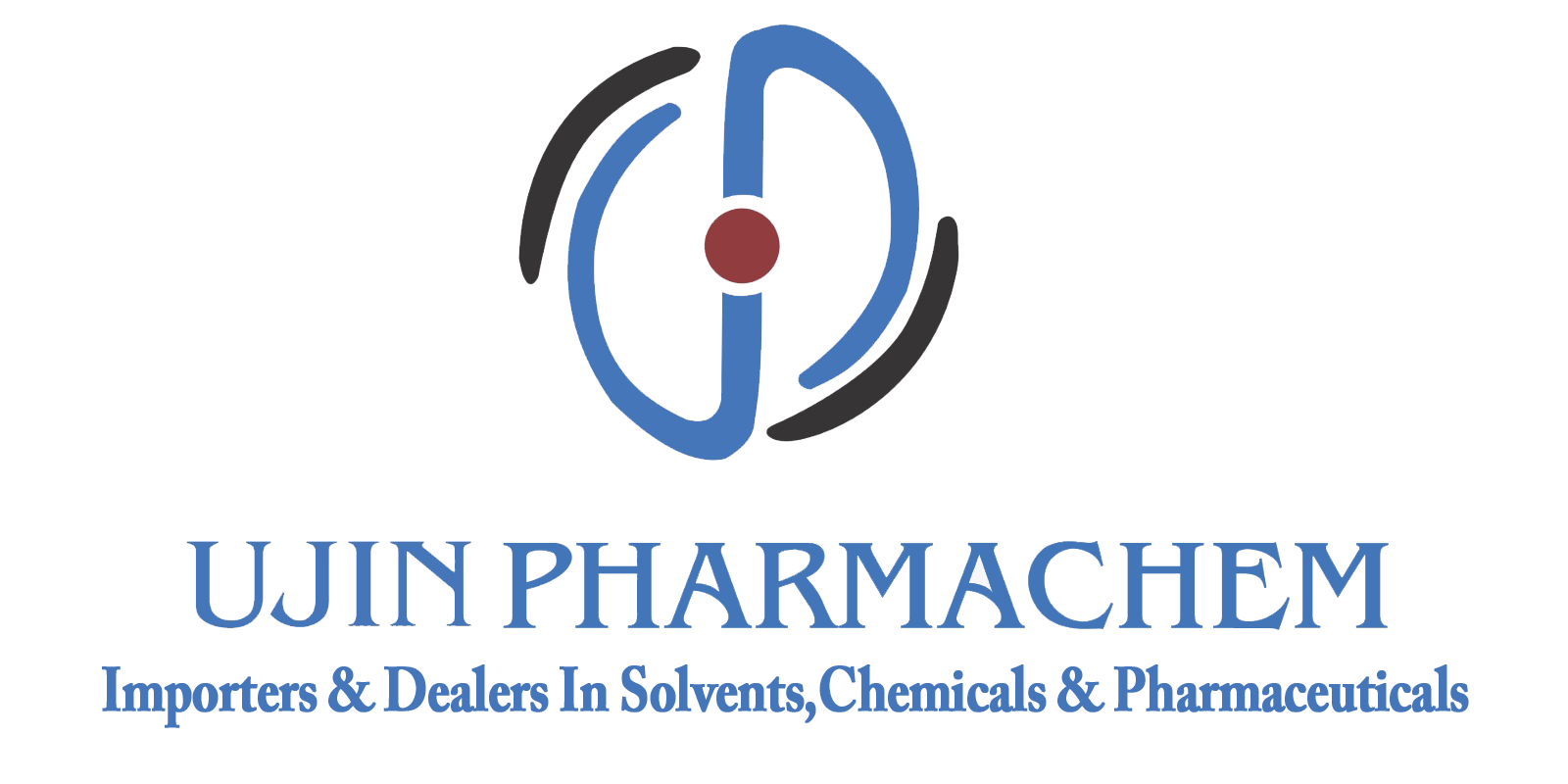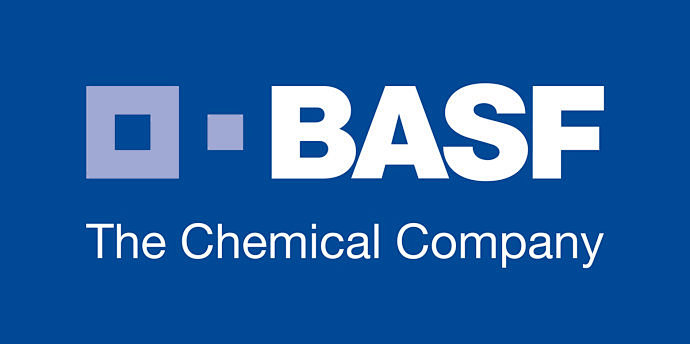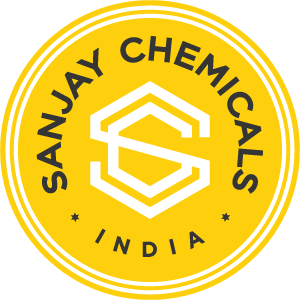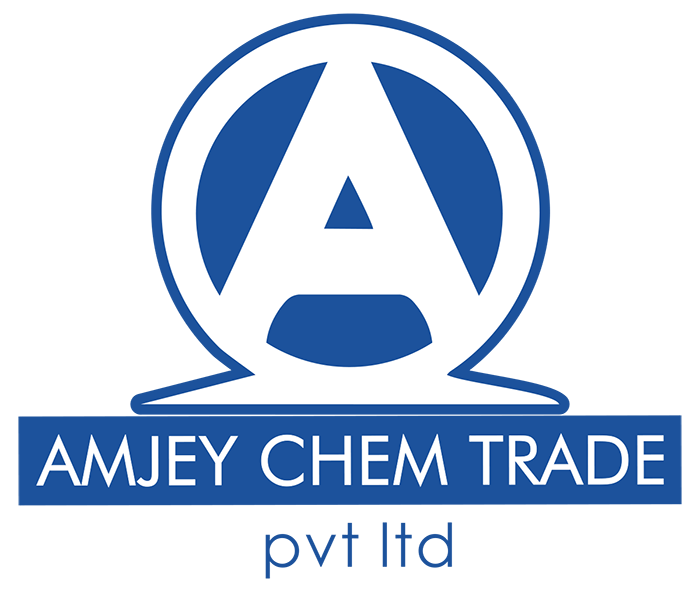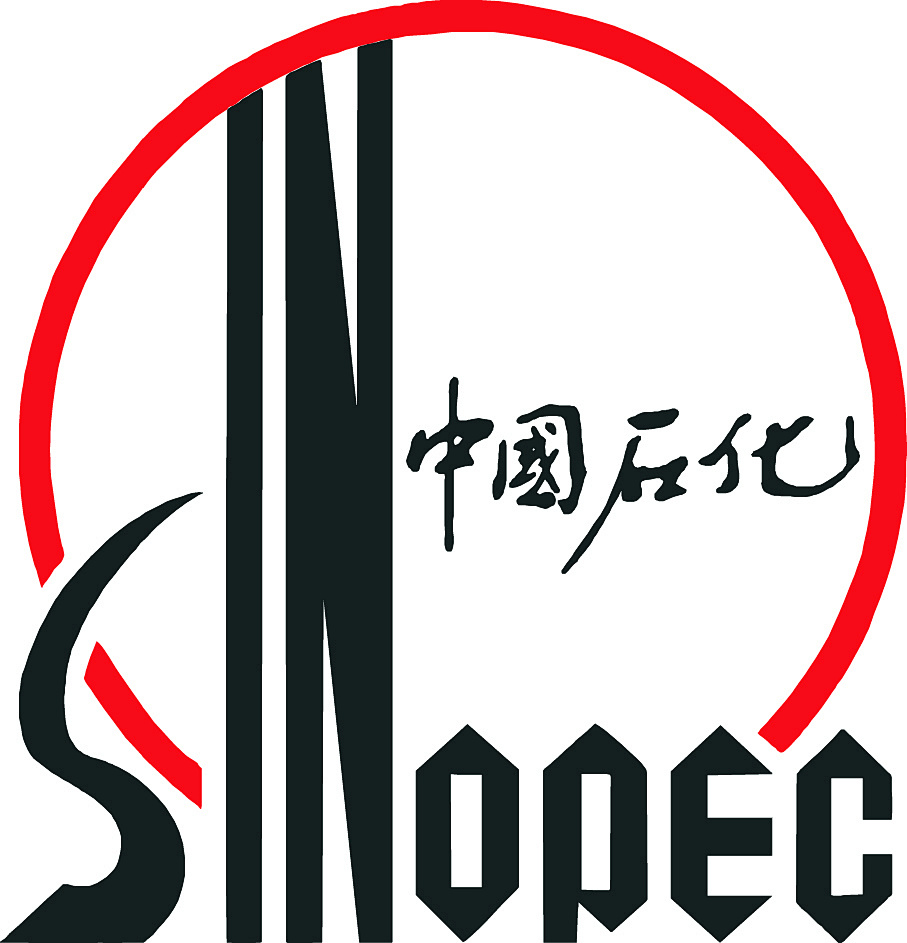GHS Label elements, including precautionary statements
Precautionary statements
P501 Dispose of contents/container to..…
P405 Store locked up.
P403+P235 Store in a well-ventilated place. Keep cool.
P403+P233 Store in a well-ventilated place. Keep container tightly closed.
P370+P378 In case of fire: Use … for extinction.
P311 Call a POISON CENTER or doctor/physician.
P308+P313 IF exposed or concerned: Get medical advice/attention.
P305+P351+P338 IF IN EYES: Rinse cautiously with water for several minutes. Remove contact lenses, if present and easy to do. Continuerinsing.
P303+P361+P353 IF ON SKIN (or hair): Remove/Take off Immediately all contaminated clothing. Rinse SKIN with water/shower.
P301+P310 IF SWALLOWED: Immediately call a POISON CENTER or doctor/physician.
P280 Wear protective gloves/protective clothing/eye protection/face protection.
P271 Use only outdoors or in a well-ventilated area.
P264 Wash skin thouroughly after handling.
P264 Wash hands thoroughly after handling.
P261 Avoid breathing dust/fume/gas/mist/vapours/spray.
P260 Do not breathe dust/fume/gas/mist/vapours/spray.
P240 Ground/bond container and receiving equipment.
P233 Keep container tightly closed.
P210 Keep away from heat/sparks/open flames/hot surfaces. — No smoking.
P202 Do not handle until all safety precautions have been read and understood.
P201 Obtain special instructions before use.
Hazard statements
H370 Causes damage to organs
H361 Suspected of damaging fertility or the unborn child
H336 May cause drowsiness or dizziness
H335 May cause respiratory irritation
H332 Harmful if inhaled
H331 Toxic if inhaled
H319 Causes serious eye irritation
H311 Toxic in contact with skin
H301 Toxic if swalloed
H225 Highly Flammable liquid and vapour
![]() +086 1911-7288-062 [ CN ]
+086 1911-7288-062 [ CN ]































































































